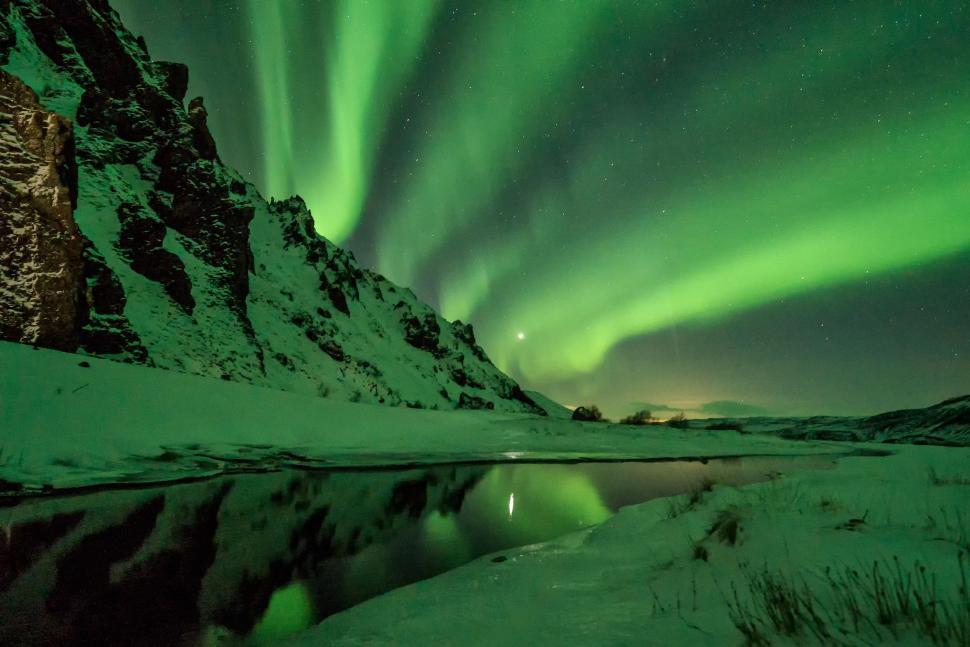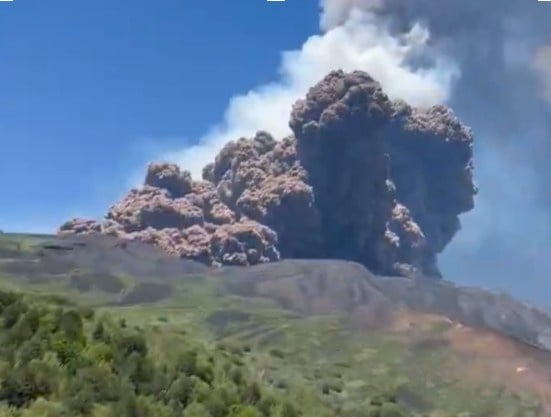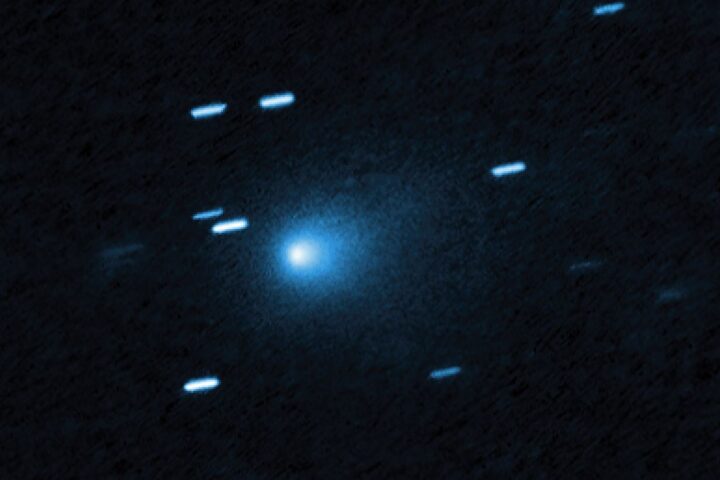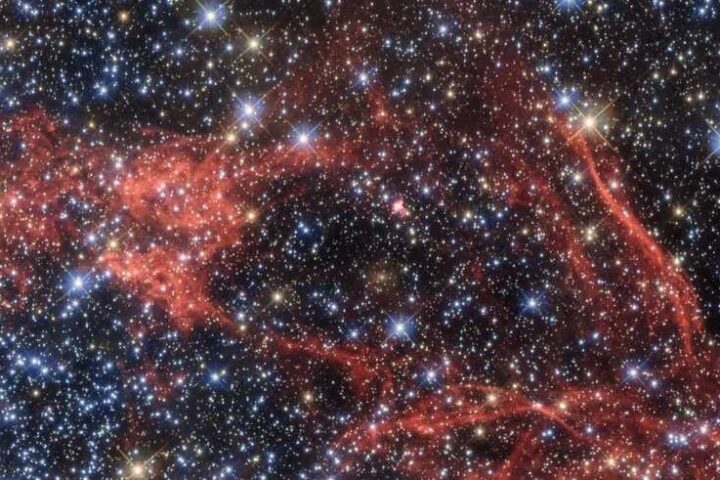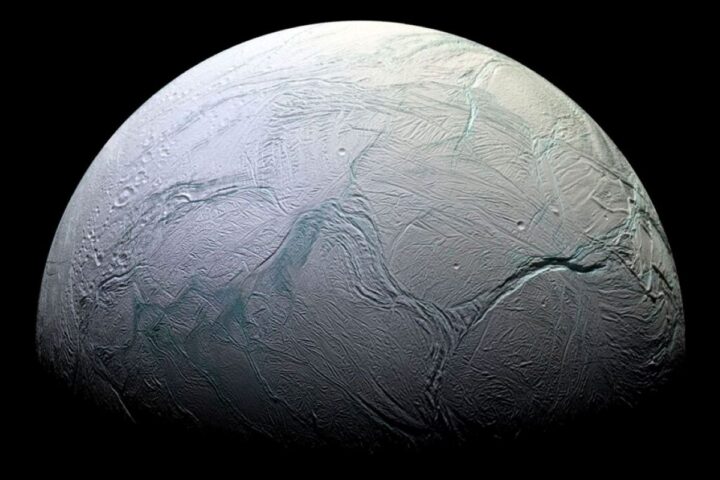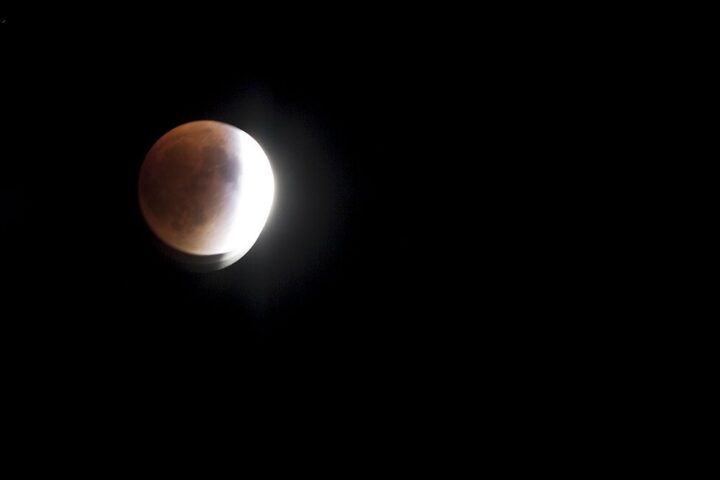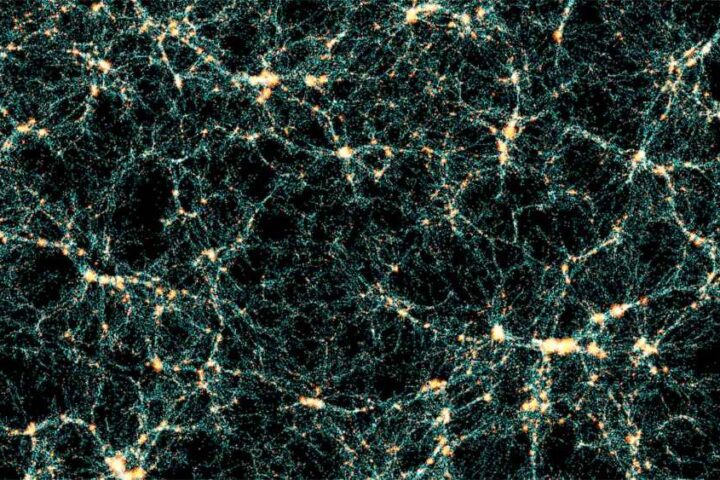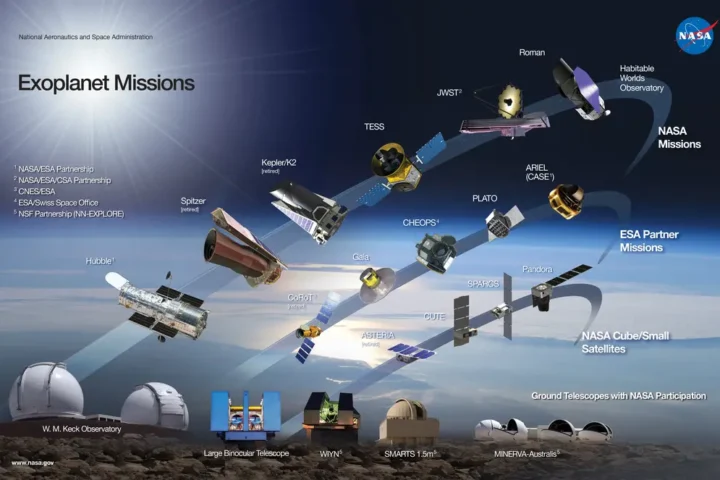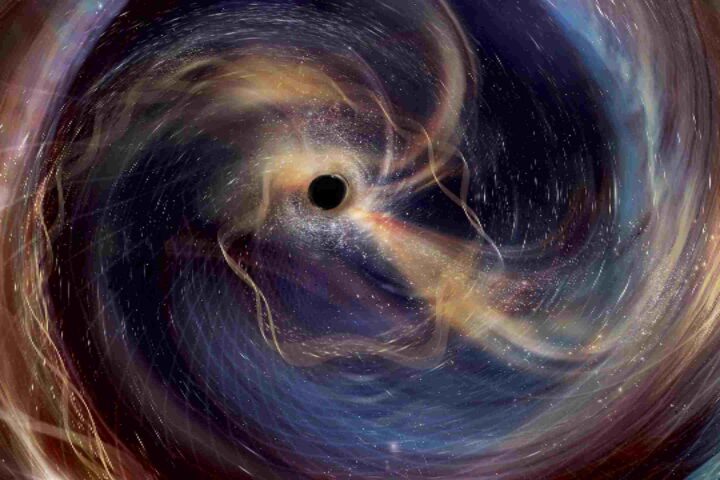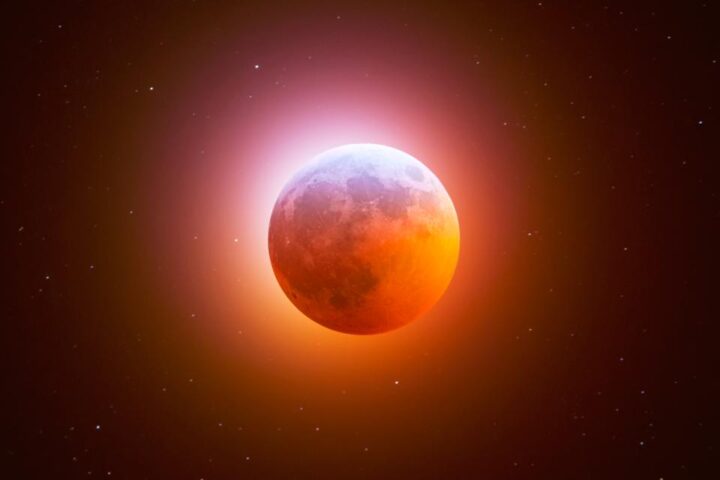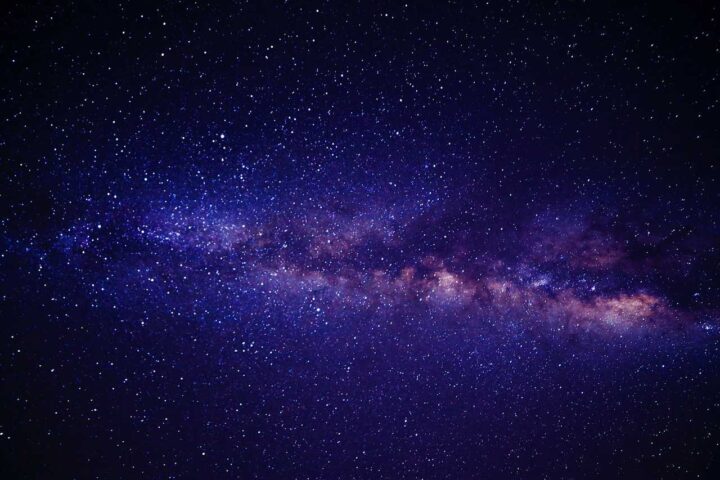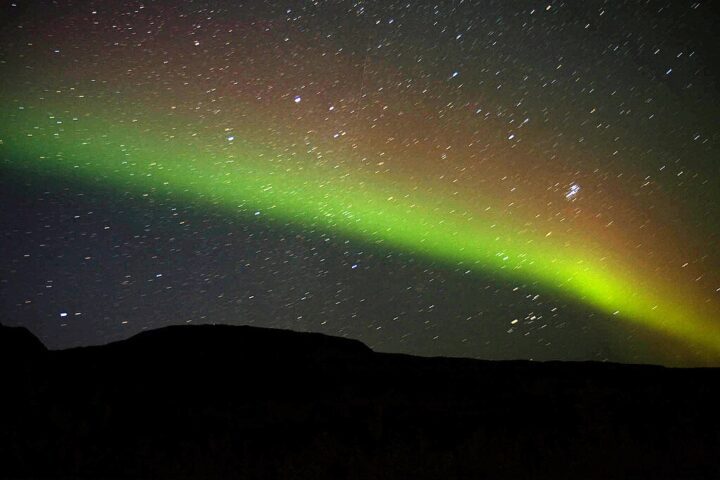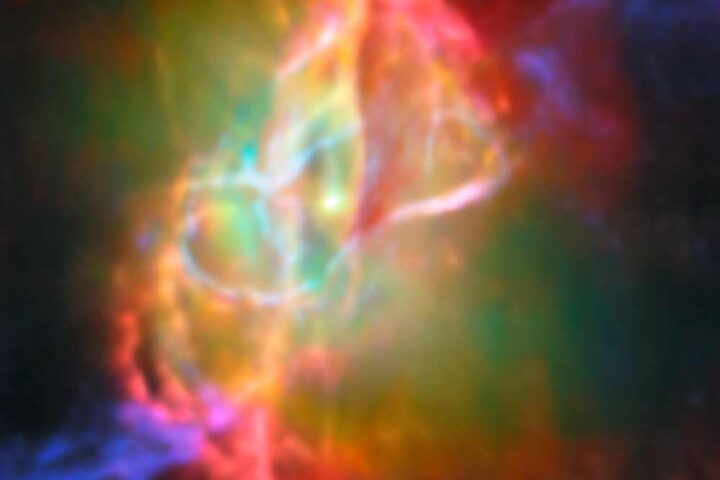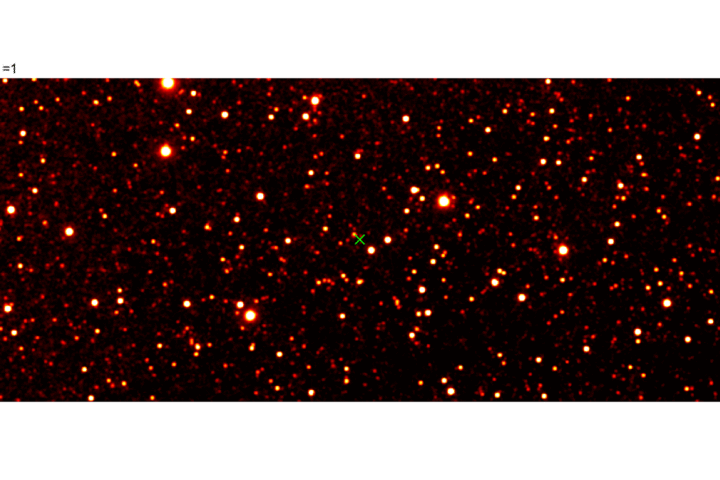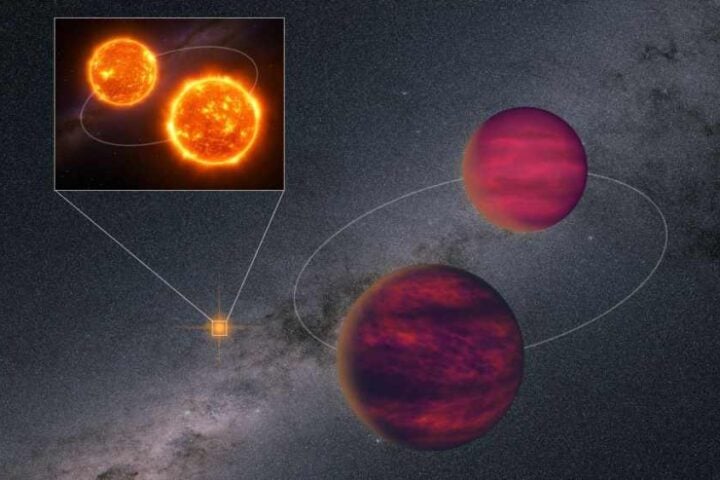A powerful geomagnetic storm is giving millions of Americans a rare chance to see the northern lights tonight, June 2, 2025, with the colorful sky show potentially visible from Alaska to Massachusetts.
The National Oceanic and Atmospheric Administration (NOAA) reports Earth is still feeling the effects of a fast-moving coronal mass ejection – a massive burst of solar wind and magnetic fields – that hit our planet on June 1. This solar event has disturbed Earth’s magnetic field, creating spectacular light displays.
“It’s a great night to view the lights where skies are clear,” said Shawn Dahl, a coordinator at NOAA’s Space Weather Prediction Center, advising skywatchers to “keep an eye on the solar wind data.”
Tonight’s storm is classified on the G-scale used by weather experts, with forecasts suggesting G3 (strong) conditions. On this scale, G1 is minor, while G5 is extreme. G3 storms can affect power systems, satellite navigation, and low-frequency radio, while making auroras visible much farther south than normal.
Similar Posts
The aurora forecast map shows 15 states with viewing potential, listed from most to least likely: Alaska, Montana, North Dakota, Minnesota, Wisconsin, Michigan, Maine, Vermont, New Hampshire, New York, South Dakota, Idaho, Washington, Oregon, and Massachusetts. If conditions intensify, the lights might appear as far south as northern California and Alabama.
For areas like northern New Hampshire and Maine, forecasting website Aurora Reach predicts about a 34% chance of seeing the lights around 11 p.m. tonight.
To catch this natural light show, find a north-facing spot away from city lights between 10 p.m. and 2 a.m. “We typically suggest getting away from cities and finding an open field or hilltop to lay out under the stars,” explains Tim Brothers, Massachusetts Institute of Technology Observatory Manager.
Your smartphone camera can help spot faint auroras before they become visible to the naked eye. For better photos, use a tripod and, if your phone has it, night mode. Those with DSLR cameras should use a wide-angle lens, manual focus set to infinity, and exposure times between 10-30 seconds.
The light show happens when charged particles from the Sun collide with gases in our atmosphere. Different colors appear depending on which gases are excited: oxygen creates the common green glow at lower altitudes and red at higher altitudes, while nitrogen produces blue and purple hues.
This increased solar activity is part of the Sun’s natural 11-year cycle. We’re currently in Solar Cycle 25, approaching “solar maximum” expected in mid-2025 or early 2026. NASA noted that 2024 saw aurora activity reaching a 500-year peak, with strong activity continuing through this year.

While G3-G4 geomagnetic storms can cause minor disruptions to power grids, GPS accuracy, and radio communications, they pose no threat to human health. Utility companies and satellite operators receive alerts from NOAA and have safety protocols in place.
The Space Weather Prediction Center indicates aurora activity might continue through June 3, with conditions depending largely on clear skies. For real-time forecasts, space weather apps like “My Aurora Forecast & Alerts” and “Space Weather Live” can provide location-based updates.
